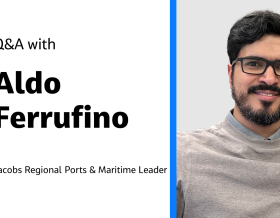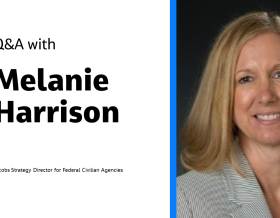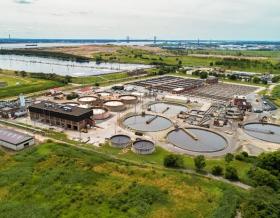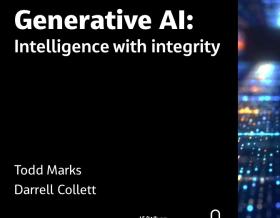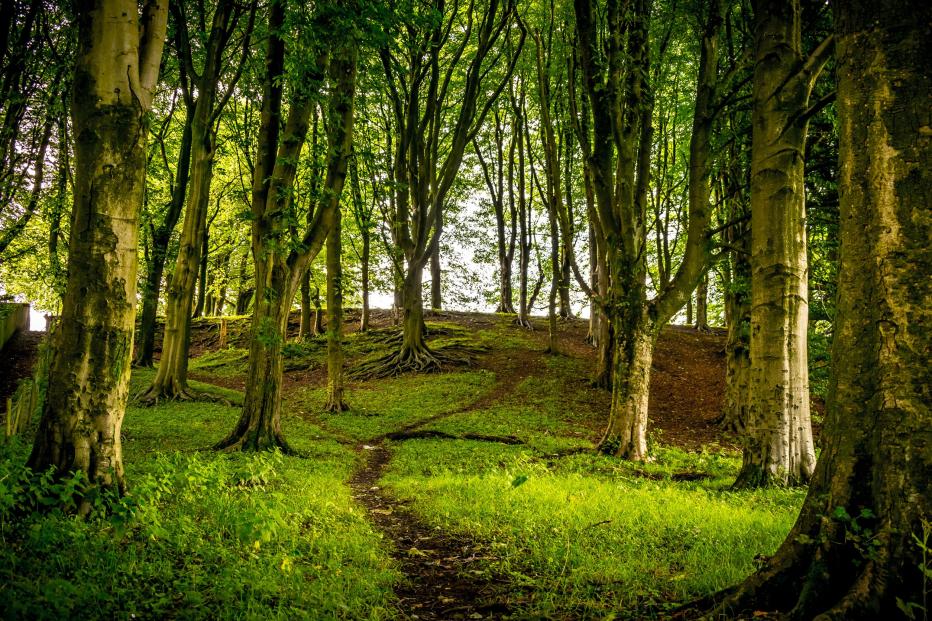
The IPCC’s recent reports have reiterated the urgent need to drastically cut greenhouse gas emissions to avoid the worst impacts of climate change.[i] Reaching a state of net zero, where the rate at which greenhouse gases are emitted to the atmosphere is in balance with the rate at which they are removed, is critical to achieving this.
In 2019, the U.K. Government set a target of reducing the U.K.’s greenhouse gas emissions by 100% relative to 1990 levels by 2050.[ii] Since then, a host of both public and private organizations have adopted increasingly ambitious net zero targets. Last year, for example, the Environment Agency set out its roadmap to reach net zero by 2030.[iii] But how can net zero be achieved?
Net zero requires action in two directions. On the one side, organizations must work to significantly reduce the release of emissions. On the other, they must support the removal of continued emissions from the atmosphere once decarbonization measures have been implemented. Nature-based solutions – also known as natural climate solutions - have a significant role to play in achieving net zero, spanning both emission reductions and removals.
A carbon offset is a reduction, removal or avoidance of greenhouse gas emissions which otherwise would not have occurred. These offsets can be generated through third-party projects and sold for use by another organization. Alternatively, carbon offsets can be produced through investments in bespoke projects. In either case, it is important to ensure environmental integrity and transparency.[iv]
Carbon reductions are necessary in the near term but cannot achieve net zero alone. Degraded peatlands, for example, are a significant source of greenhouse gas emissions, with the U.K.’s peatlands estimated to produce over 20 megatonnes of CO2 each year – roughly 4% of the U.K.’s total annual emissions.[v] These emissions will need to be reduced as much as possible through peatland habitat restoration to support the U.K. in reaching net zero carbon targets.
It will be important to continue appropriate carbon management so that reductions are maintained, however, carbon removals will become increasingly important as we move towards 2050. These will be necessary to offset unavoidable, residual greenhouse gas emissions, yet must not detract from decarbonization efforts.
Broadly speaking, nature-based solutions for carbon offsetting can be grouped into:
- Terrestrial solutions – including woodland creation or management, upland and lowland peatland restoration, grassland management and agricultural approaches such as improved soil management practices, as well as freshwater habitat interventions such as floodplain restoration and wetland creation (sometimes referred to as teal carbon solutions).
- Blue carbon solutions – including coastal and marine habitat interventions such as saltmarsh, seagrass or kelp restoration or creation.
Alternatively, domestic and industrial offsets typically focus on emissions reductions in the built environment, for example by improving energy efficiency, increasing renewable energy use and reducing energy consumption. All offsets, nature-based or not, can offer wider societal benefits and the prioritization of options will depend on the organization’s needs and local context.
Case Study
To support the national Environment Agency target of reaching net zero by 2030, in parallel with national and regional (Delivery Hub) plans for carbon reduction, the Environment Agency’s North West Delivery Hub has been proactively looking for opportunities for nature-based carbon reductions and removals. The aim of the project is for the North West to reach a state of readiness to deliver carbon benefits on the ground in support of the Environment Agency’s Net Zero Carbon Strategy.
As a first step, the North West Hub’s carbon footprint for the flood and coastal risk management program has been calculated. Using this information, a range of scenarios have then been developed to better understand not only the magnitude of likely carbon emissions but also when they are likely to occur.
Through active collaboration with key stakeholders and landowners, nature-based opportunities to deliver against these targets have been identified across the range of blue carbon and terrestrial approaches. Following identification, these opportunities were then prioritized using a set of criteria, which considered the themes of cost, ease of implementation, carbon benefit and wider environmental benefits.
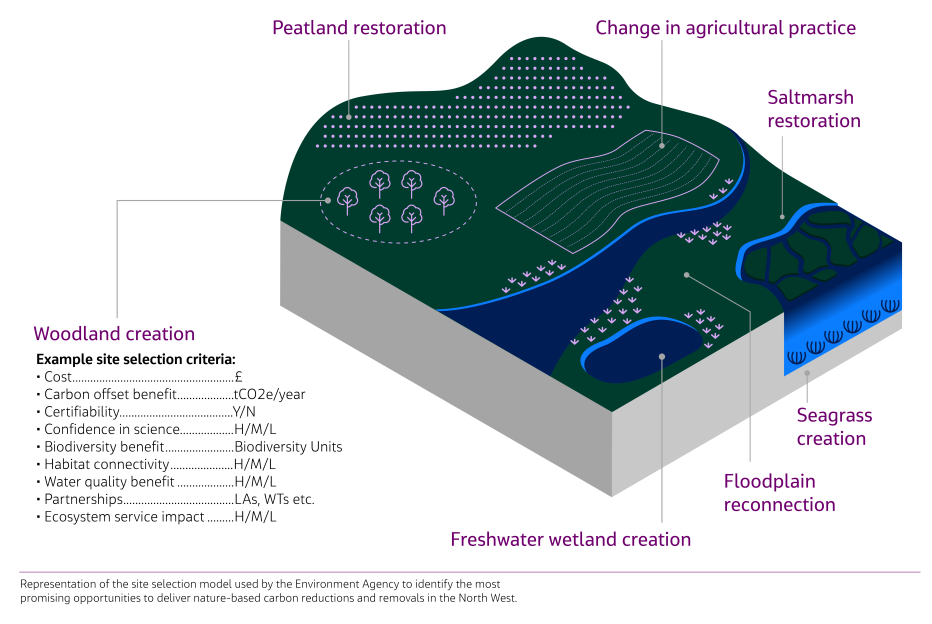
As more organizations strive to achieve net zero, pressure will be placed on the finite amount of land available to deliver carbon offset through nature-based solutions. This demand will need to be balanced against the competing needs of other forms of land use, such as agriculture. To better balance these needs, less well-developed approaches, such as blue carbon solutions and agroforestry, will need to be further explored.
Nature-based solutions can be managed to provide not just climate change mitigation but also wider benefits. A more resilient natural environment supporting a bigger, better and more joined up network of habitats will be more able to face the uncertainties of a future climate and can continue providing the benefits to society upon which we rely. However, action is needed now to make the most of the opportunities available, especially when considering the time it can take for nature-based solutions to mature to their full potential.
[i] Read more here: https://www.jacobs.com/newsroom/news/understanding-ipcc-sixth-assessment-report-working-group-ii-report
[ii] The Climate Change Act 2008 (2050 Target Amendment) Order 2019. Available at www.legislation.gov.uk/uksi/2019/1056/contents/made
[iii] The Environment Agency (2021). Environment Agency: reaching net zero by 2030. Available at: https://www.gov.uk/government/publications/environment-agency-reaching-net-zero-by-2030
[iv] The Oxford Principles for Net Zero Aligned Carbon Offsetting support the use of high-quality offsets that can be verified and properly accounted for, and are at low risk of being not additional, reversed, or unintended environmental and social consequences. Allen, M., Axelsson, K., Caldecott, B., Hale, T., Hepburn, C., Hickey, C., Mitchell-Larson, E., Malhi, Y., Otto, F., Seddon, N., and Smith, S. (2020) The Oxford Principles for Net Zero Aligned Carbon Offsetting. Available at: https://www.smithschool.ox.ac.uk/publications/reports/Oxford-Offsetting-Principles-2020.pdf
[v] Evans,C, Artz, R, Moxley, J, Smyth, M.A, Taylor, E, Archer, N, Burden, A, Williamson, J, Donnelly, D, Thomson, A, Buys, G, Malcolm, H, Wilson, D, Renou-Wilson, F. (2017) Implementation of an Emissions Inventory for UK Peatlands. A report to the Department for Business, Energy and Industrial Strategy. Available at: https://uk-air.defra.gov.uk/assets/documents/reports/cat07/1904111135_UK_peatland_GHG_emissions.pdf
About the authors

Penny Borton is a Chartered Environmentalist, an award-winning natural capital practitioner and interdisciplinary member of Jacobs' Water and Environment team. Penny is a technical specialist in the field of natural capital and leads Jacobs’ Natural Capital Strategy. She is currently the technical lead for several natural capital projects for Transport Scotland and the Environment Agency.

Richard Jones is an environmental scientist specializing in natural capital and he has been with Jacobs since early 2021. His experience includes working with clients such as DEFRA, the Environment Agency and Transport Scotland. Richard’s work draws on a wide variety of methods and datasets to deliver innovative solutions. Recently, he has been supporting clients to identify nature-based solutions for carbon storage to support their aims of achieving net zero.
You might be interested in...
-
 News
NewsJacobs Supports the (UK) Environment Agency's National Capital Program
Jacobs has been appointed to provide professional services (Lot 1) of the Environment Agency's new Collaborative Delivery Framework (CDF) in two of the six regional delivery hubs across England, both the North West and the Thames & Anglian regions of England, which will drive a program of capital investment and improvement work for flood defense assets.
-
 Page
PageDecarbonization
Reducing emissions and reaching “net zero” on a global level has been – and will continue to be – one of the world’s largest and most pressing challenges in the coming decades.
-
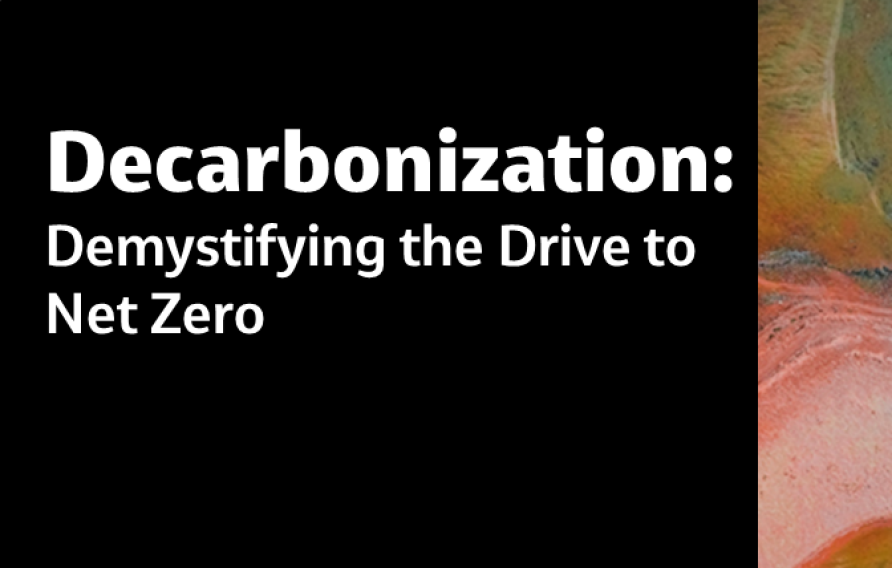
 Podcasts
PodcastsDecarbonization: Demystifying the Drive to Net Zero
In this episode of If/When, we demystify the terminology surrounding decarbonization and discuss some of the major challenges and opportunities facing the world today. Our guests include Jens Nielsen, CEO of the World Climate Foundation; Zoe Haseman, Jacobs’ Vice President for Global Sustainability; and Pete Adams, Jacobs Global Market Director for Power.










